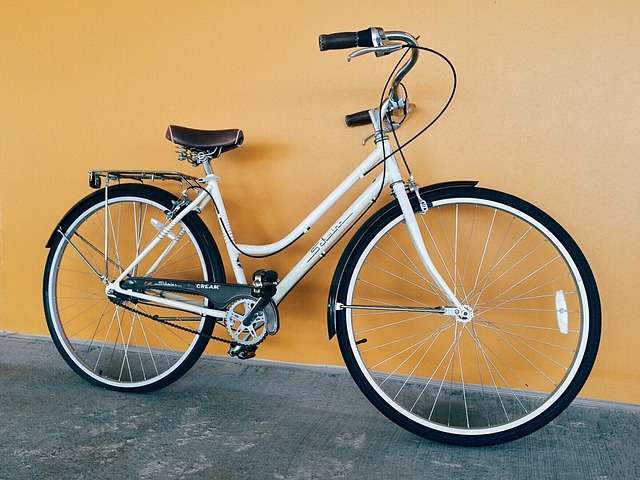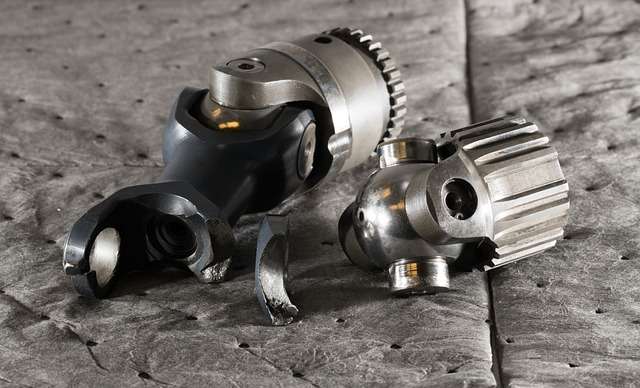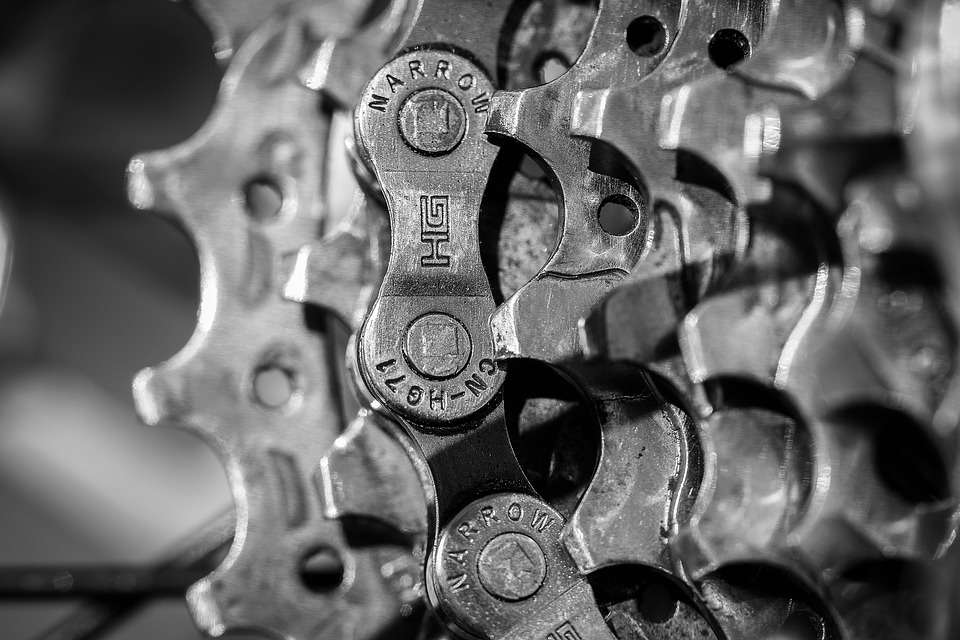
How fast can a gear bicycle go?
Introduction:
Bicycles, timeless symbols of human ingenuity, have undergone remarkable transformations throughout history. Among these evolutions, the advent of geared bicycles marked a pivotal moment, unlocking new dimensions of speed and performance. In this expansive exploration, we embark on a journey to unravel the intricate dynamics that govern the speed of geared bicycles. From the foundational principles of gear ratios to the revolutionary impact of cutting-edge technology, we delve deep into the symbiosis of human effort and mechanical precision that propels cyclists to exhilarating velocities. As we navigate the landscape of gears, materials, and technological marvels, we aim to capture the essence of why geared bicycles stand as true testaments to the fusion of innovation, human prowess, and the unrelenting pursuit of speed.
Explanation:
1. The Essence of Gear Ratios:
1.1. Fundamental Gear Principles:
At the core of a bicycle’s ability to achieve speed lies the intricate interplay of chainrings at the front and cogs on the rear cassette, collectively forming the essence of gear ratios. This synergy dictates how the bike propels forward with each measured rotation of the pedals.
1.2. Dynamic Gear Ratios and Their Speed Implications:
The magic of gear ratios unveils itself as cyclists toggle between smaller chainrings and larger cassette cogs for an easier, climbing-friendly pedaling experience, or larger chainrings and smaller cogs for surging speeds on flat expanses.

2. Technological Marvels Enhancing Velocity:
2.1. Revolutionary Drivetrain Advancements:
The relentless march of technology has birthed sophisticated drivetrain systems, including electronic shifting and precise gear indexing. These innovations seamlessly synchronize with the cyclist’s rhythm, ensuring that power transfer remains optimal, regardless of varying speeds.
2.2. Material Alchemy and the Pursuit of Lightness:
Geared bicycles stand testament to the wonders of material science. Carbon fiber frames, a feather-light marvel, are at the forefront, reducing the overall weight of the bicycle and enhancing its capacity to accelerate with unparalleled swiftness.
2.3. Aerodynamics as a Catalyst:
The relentless pursuit of speed extends to the aerodynamic realm, where streamlined frames, meticulously designed wheels, and handlebars strive to cut through the air with minimal resistance. These aerodynamic enhancements translate into the ability to maintain higher speeds with reduced effort.
3. The Symbiosis of Human Performance and Speed:
3.1. The Human Element: Fitness and Technique:
While gears lay the foundation for speed, the equation is incomplete without factoring in the human element. A cyclist’s fitness, endurance, and adept pedaling technique play pivotal roles in maximizing the benefits of gear ratios and achieving optimal speed.
3.2. Navigating the Terrain: Climbing vs. Descending:
Geared bicycles excel in adapting to diverse terrains. Lower gears facilitate conquering steep inclines, while higher gears unleash the potential for exhilarating descents. The ability to seamlessly switch between gears offers riders the flexibility needed to navigate varied landscapes.
4. Real-World Applications of Speed:
4.1. The Pinnacle of Speed: Road Cycling and Time Trials:
The pursuit of speed reaches its zenith in road cycling and time trials. Professional cyclists routinely attain speeds exceeding 30 miles per hour, underscoring the efficacy of well-calibrated gear systems in achieving and sustaining high velocities.
4.2. Versatility in Terrain: Mountain Biking’s Need for Speed:
Geared bicycles aren’t confined to asphalt; they find equal relevance in the realm of mountain biking. The ability to seamlessly shift between gears provides riders with the flexibility needed to conquer uphill climbs and navigate technical descents with finesse.
5. Preserving Speed Through Maintenance:
5.1. Lubrication and Drivetrain Purity:
The quest for optimal speed necessitates meticulous maintenance. Regularly lubricating the chain and ensuring a pristine drivetrain reduce friction, fostering efficient power transfer and preserving the bicycle’s capacity for swift acceleration.

5.2. Vigilance Against Chain Wear:
A worn-out chain poses a threat to speed and gear engagement. Vigilant monitoring of chain wear and prompt replacements are integral to preserving the longevity of both the chain and the gears, ensuring sustained optimal speed.
5.3. Fine-Tuning for Precision in Gear Shifting:
The pursuit of speed demands precision in gear shifting. Regular fine-tuning and adjustments are imperative to ensure that the chain seamlessly glides between chainrings and cassette cogs, preventing any issues that could impede speed.
6. Challenges in the Unrelenting Pursuit of Speed:
6.1. External Variables at Play:
Geared bicycles offer impressive speed capabilities, yet external variables like wind resistance, road conditions, and gradients pose formidable challenges. Cyclists must adeptly navigate these variables to maintain optimal speed over varied terrains.
6.2. Striking the Delicate Balance of Power and Endurance:
Achieving high speeds is a delicate dance between exerting power and maintaining endurance. Cyclists must carefully gauge their energy output to sustain speed over extended distances, ensuring that the thrill of speed doesn’t compromise overall riding endurance.
Frequently Asked Questions (FAQs):
Question: What role do gear ratios play in determining the speed of a bicycle?
Answer: Gear ratios define how far a bicycle moves with each pedal rotation. Lower ratios ease climbing, while higher ratios enhance speed on flat terrain.
Question: How does technology contribute to increasing the speed of geared bicycles?
Answer: Technological advancements, such as electronic shifting and lightweight materials, optimize power transfer, reduce friction, and enhance aerodynamics, collectively boosting the speed potential of geared bicycles.
Question: Can anyone achieve high speeds on a geared bicycle?
Answer: Achieving high speeds involves a combination of factors, including rider fitness, terrain understanding, and the ability to effectively use gear ratios. While professionals routinely reach impressive speeds, riders of varying skill levels can experience increased velocity with practice and proper gear utilization.
Question: What maintenance practices contribute to preserving speed on a geared bicycle?
Answer: Regular lubrication, monitoring and timely replacement of worn-out chains, and precise gear shifting adjustments are essential maintenance practices to reduce friction, ensuring efficient power transfer and preserving the bicycle’s speed capabilities.
Question: How do external factors like wind resistance impact the speed of geared bicycles?
Answer: Wind resistance is a significant factor affecting speed. Headwinds create additional resistance, requiring more effort to maintain speed, while tailwinds can provide a speed boost. Cyclists must adapt to varying wind conditions for optimal performance.
Conclusion:
Geared bicycles stand as marvels of engineering, offering riders the transformative power to navigate varied terrains while reaching exhilarating speeds. From the foundational principles of gear ratios to the influence of cutting-edge technology and the intricate dance between human effort and mechanical precision, the quest for speed on geared bicycles is an evolving journey. As technological advancements continue to shape the cycling landscape, the thrill of pushing the boundaries of velocity on these two-wheeled wonders remains an enduring fascination for cyclists across the globe. The symphony of gears, human endeavor, and technological mastery continues to resonate, propelling cyclists into uncharted realms of speed and discovery.

